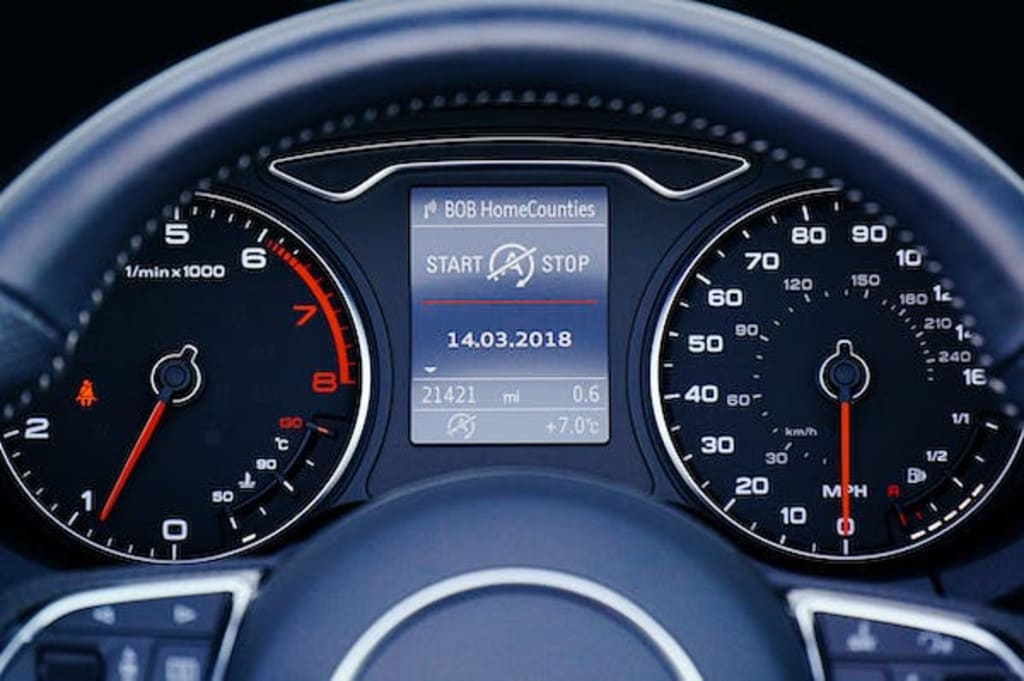Supply and Demand Indicator ⚡ Best Price Action Indicator ⚡
Best product.

Supply and Demand Indicator ⚡ Best Price Action Indicator ⚡
If you want to buy it CLICK HERE
Supply and demand are fundamental principles of economics, and they also play a crucial role in the world of trading and investing. Understanding supply and demand dynamics can help traders make informed decisions about when to buy and sell assets, and one of the most popular tools for analyzing supply and demand in the markets is the supply and demand indicator.
The supply and demand indicator is a technical analysis tool that helps traders identify key levels of support and resistance in the markets. It does this by analyzing price data and identifying areas where supply and demand are out of balance. When there is more demand than supply, prices tend to rise, and when there is more supply than demand, prices tend to fall. The supply and demand indicator helps traders identify these imbalances and use them to make profitable trades.
One of the key features of the supply and demand indicator is that it can be used to identify key price levels where traders are likely to enter or exit trades. These price levels are known as support and resistance levels, and they can be used to set stop-loss orders, take-profit orders, and entry and exit points for trades. By identifying these levels, traders can reduce their risk and increase their profitability.
Another important feature of the supply and demand indicator is that it can be used in conjunction with other technical analysis tools to confirm trends and identify potential trading opportunities. For example, traders can use the indicator to confirm a bullish trend and look for opportunities to buy assets at support levels or to confirm a bearish trend and look for opportunities to sell assets at resistance levels.
The supply and demand indicator is considered by many traders to be one of the best price action indicators available, as it provides a clear picture of the underlying supply and demand dynamics driving market prices. It is also relatively easy to use, and many trading platforms offer the indicator as a built-in tool, making it accessible to traders of all skill levels.
The supply and demand indicator is a powerful tool for analyzing market dynamics and identifying key levels of support and resistance. By using this tool in conjunction with other technical analysis tools, traders can gain a deeper understanding of market trends and make more informed trading decisions. Whether you are a seasoned trader or just starting out, the supply and demand indicator is definitely worth exploring.
Here's a more in-depth blog post about the Supply and Demand Indicator and its use in trading:
Supply and demand are fundamental principles of economics, and they also play a crucial role in the world of trading and investing. When there is more demand for a product or asset than there is supply, prices tend to rise, and when there is more supply than demand, prices tend to fall. Understanding supply and demand dynamics can help traders make informed decisions about when to buy and sell assets, and one of the most popular tools for analyzing supply and demand in the markets is the supply and demand indicator.
The supply and demand indicator is a technical analysis tool that helps traders identify key levels of support and resistance in the markets. It does this by analyzing price data and identifying areas where supply and demand are out of balance. When there is more demand than supply, prices tend to rise, and when there is more supply than demand, prices tend to fall. The supply and demand indicator helps traders identify these imbalances and use them to make profitable trades.
The indicator is based on the simple concept that price tends to be attracted to areas where supply and demand are out of balance. For example, if there is more demand than supply for a particular asset, the price will tend to rise until it reaches a level where the demand and supply are in balance. Similarly, if there is more supply than demand, the price will tend to fall until it reaches a level where the demand and supply are in balance.
The supply and demand indicator consists of two lines: a supply line and a demand line. The supply line represents areas where there is more supply than demand, and the demand line represents areas where there is more demand than supply. When the price of an asset is above the demand line, it indicates that there is more demand than supply, and prices are likely to rise. Conversely, when the price is below the supply line, it indicates that there is more supply than demand, and prices are likely to fall.
One of the key features of the supply and demand indicator is that it can be used to identify key price levels where traders are likely to enter or exit trades. These price levels are known as support and resistance levels, and they can be used to set stop-loss orders, take-profit orders, and entry and exit points for trades. By identifying these levels, traders can reduce their risk and increase their profitability.
To use the supply and demand indicator, traders need to first identify the supply and demand zones on a chart. These zones can be identified by looking for areas where price has previously reacted strongly, either by reversing direction or by consolidating. Once the zones have been identified, traders can use the supply and demand indicator to confirm the strength of these zones and to identify potential trading opportunities.
For example, if the price of an asset is approaching a support level, traders can use the supply and demand indicator to confirm whether there is strong demand at that level. If the demand line is clearly above the price level, it indicates that there is strong demand, and prices are likely to rise. Conversely, if the demand line is below the price level, it indicates that there is weak demand, and prices are likely to fall.
Similarly, if the price of an asset is approaching a resistance level, traders can use the supply and demand indicator to confirm whether there is strong supply at that level. If the supply line is clearly below the price level, it indicates that there is strong supply, and prices are likely to fall. Conversely, if the supply line is above the price level, it indicates that there is weak supply, and prices are likely to rise.
The supply and demand indicator is considered by many traders to be one of the best price action indicators available, as it provides a clear picture of the underlying supply and demand dynamics driving.
Here's a continuation of the previous blog post, focusing on how to use the Supply and Demand Indicator in practice:
While the supply and demand indicator can be a powerful tool for traders, it is important to use it in conjunction with other technical analysis tools and to take into account other market factors, such as news and economic data.
Here are some tips for using the supply and demand indicator effectively:
Identify key supply and demand zones: The first step in using the supply and demand indicator is to identify key zones where there is a significant imbalance between supply and demand. This can be done by looking for areas on a price chart where price has previously reacted strongly, either by reversing direction or by consolidating.
Confirm the strength of the zones: Once the key supply and demand zones have been identified, the supply and demand indicator can be used to confirm the strength of these zones. Traders should look for clear divergences between the price and the supply and demand lines, as these indicate strong imbalances between supply and demand.
Use the indicator to identify potential trades: Once the key supply and demand zones have been identified and confirmed, traders can use the supply and demand indicator to identify potential trading opportunities. For example, if the price is approaching a support level with a strong demand line, traders may consider buying the asset with a stop-loss order placed just below the support level.
Use the indicator in conjunction with other technical analysis tools: While the supply and demand indicator can be a powerful tool on its own, it is important to use it in conjunction with other technical analysis tools, such as trend lines and moving averages, to confirm signals and identify potential trades.
Take into account other market factors: It is important to take into account other market factors, such as news and economic data, when using the supply and demand indicator. For example, if there is negative news about a company or an economy, it may impact the supply and demand dynamics of an asset, and traders should adjust their trading strategy accordingly.
The supply and demand indicator is a powerful tool for traders looking to analyze supply and demand dynamics in the markets. By identifying key supply and demand zones and confirming their strength with the indicator, traders can identify potential trading opportunities and set stop-loss and take-profit orders to manage their risk. However, it is important to use the indicator in conjunction with other technical analysis tools and take into account other market factors to make informed trading decisions.
If you want to buy it CLICK HERE
About the Creator
Enjoyed the story? Support the Creator.
Subscribe for free to receive all their stories in your feed. You could also pledge your support or give them a one-off tip, letting them know you appreciate their work.





Comments
There are no comments for this story
Be the first to respond and start the conversation.